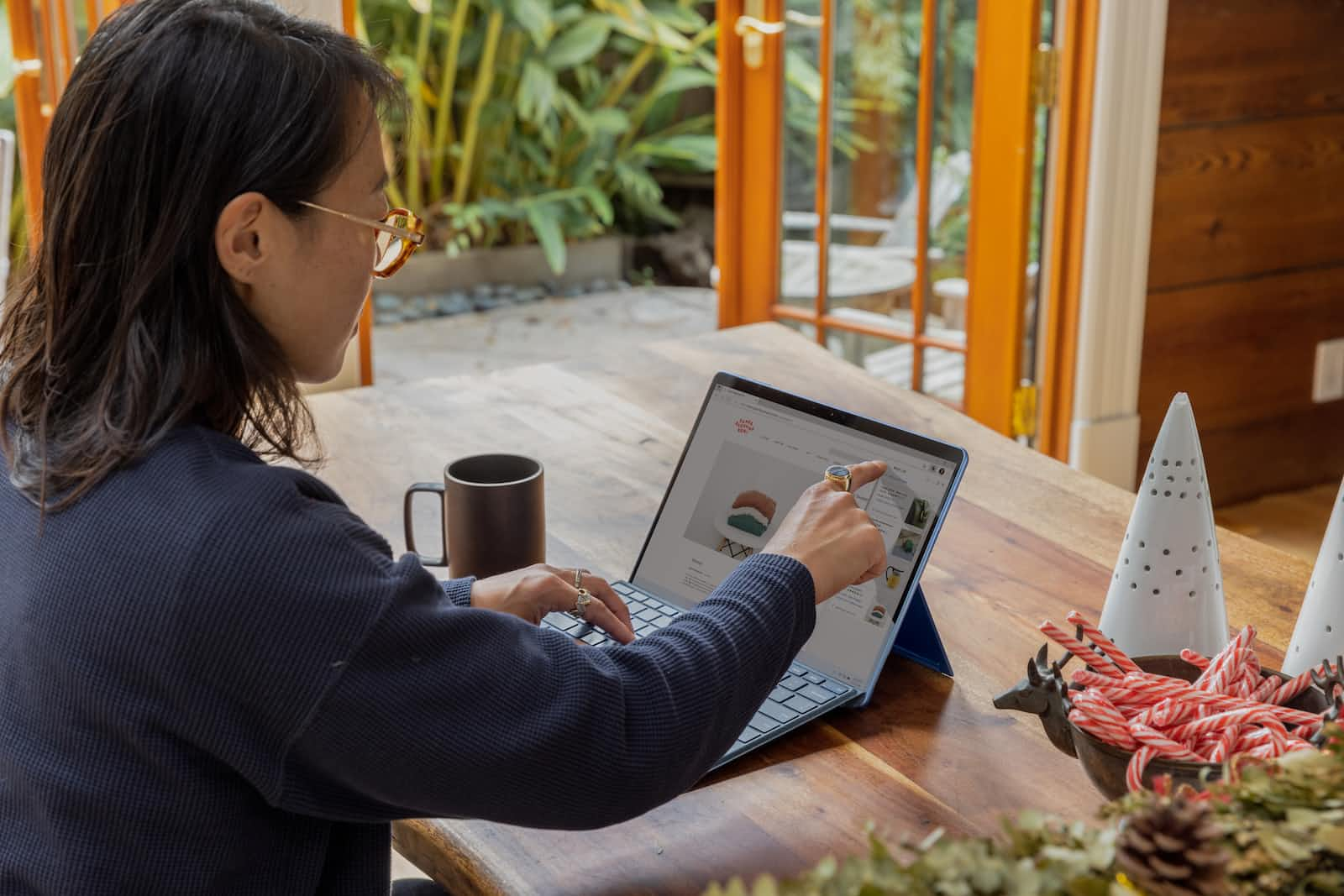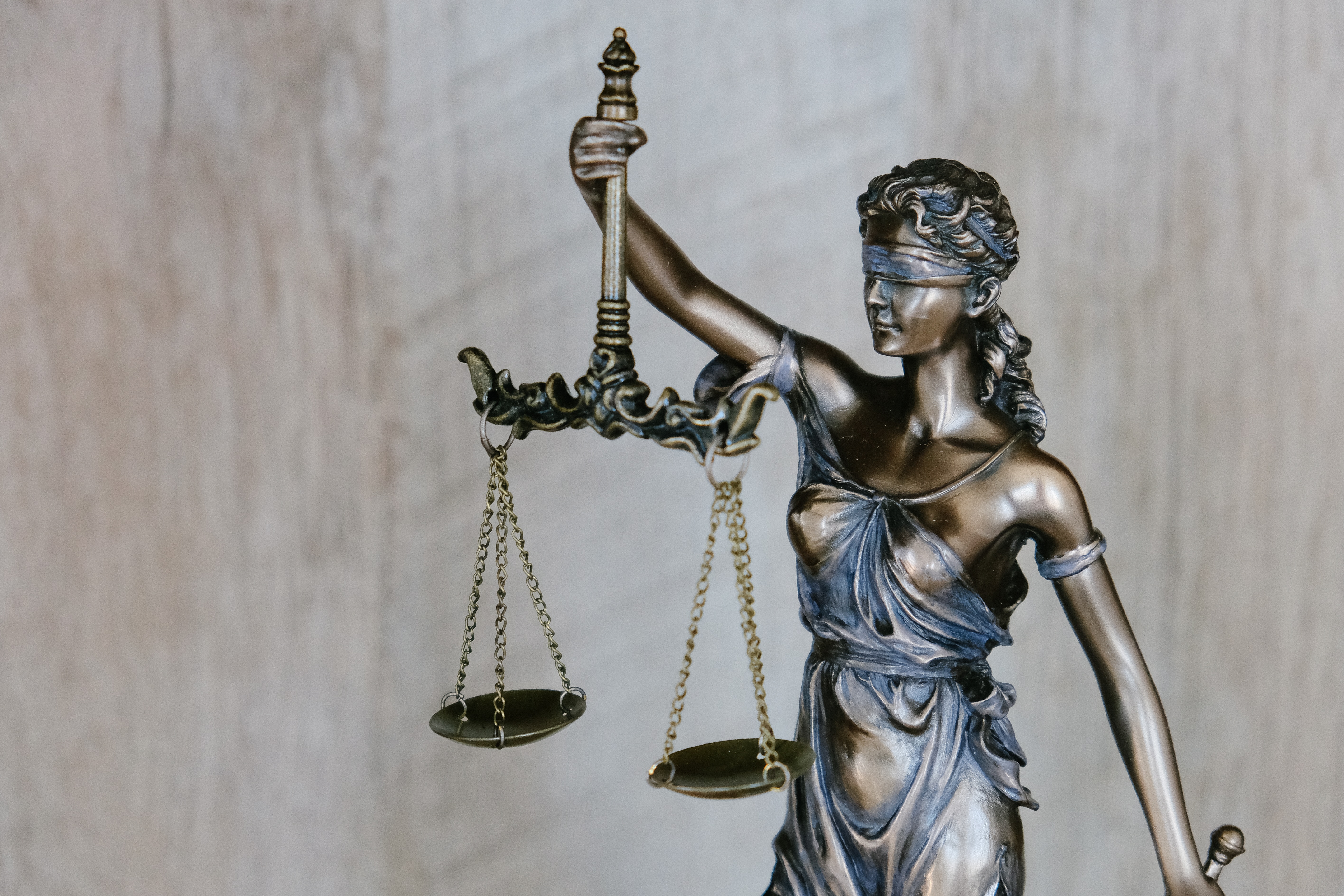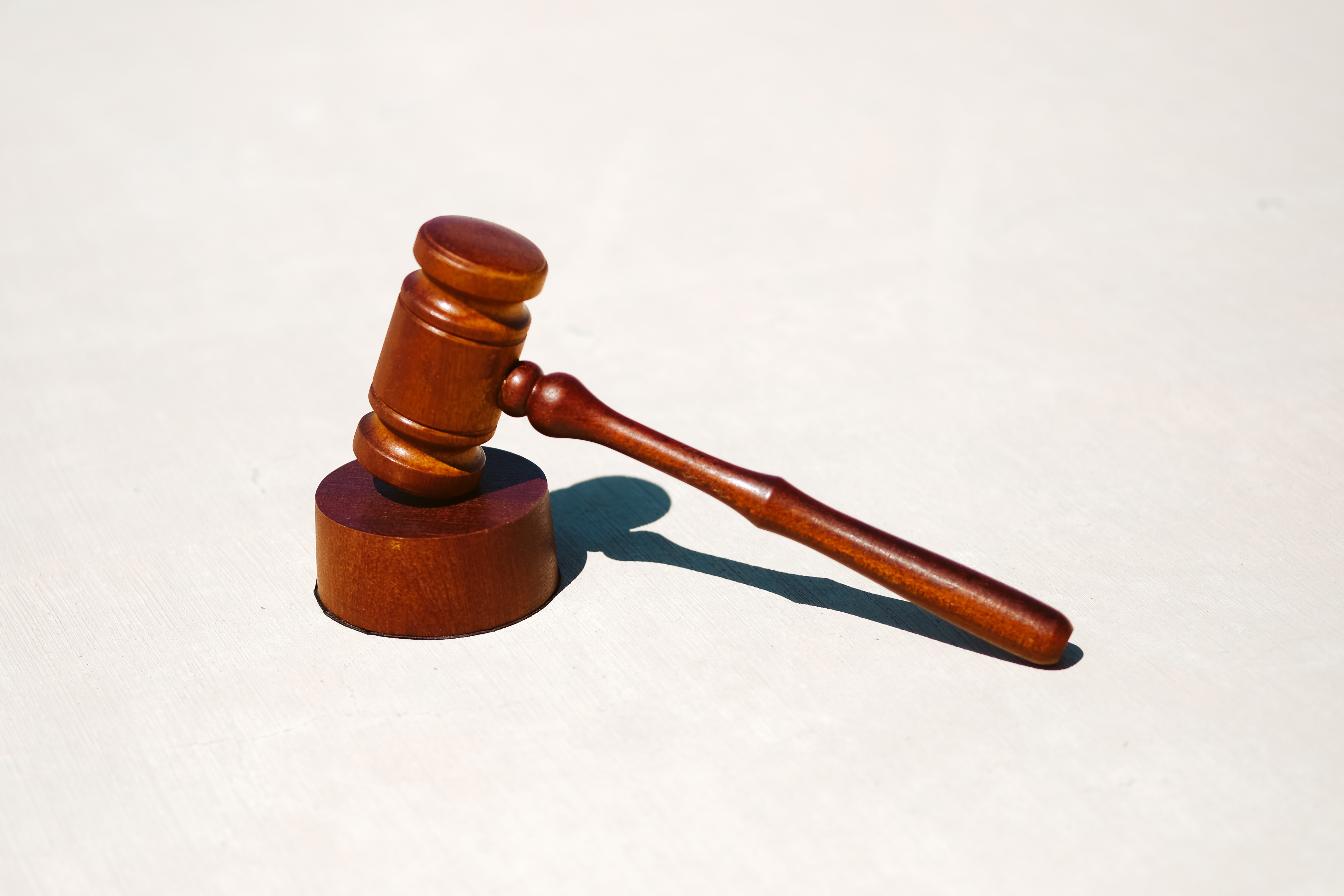
Trademark Registration Made Easy Online Filing, Tips, and Cost-Saving Strategies
Do you use R or TM for trademark?
Trademark confusion is common. Many wonder about using TM and R symbols, their meanings, and when to use them.
TM vs. R: The Basics
While there are regional differences in laws, some general rules apply:
- TM: Anyone can use this symbol to show that a word, phrase, or logo identifies the source of a product or service. You don’t need to register a trademark to use it. Companies often use TM when launching new products or services or during the application process.
- R: This symbol means that a word, phrase, or logo is a registered trademark. Only the owner or licensee can use it, and only in regions where the trademark is registered.
Why Does it Matter?
Trademark law is complex, and small details can have significant consequences. Consider seeking advice from a trademark attorney.
Using TM or R symbols might seem irrelevant, but they can have an impact on the protection you enjoy. In some countries, you can use a trademark without registering it (called ‘common law’ use). However, common law protections aren’t as strong as those for registered trademarks.
Using the TM symbol strategically can help you gain distinctiveness over time, allowing for future registration. It also shows the public that you’re serious about protecting your brand, which can deter potential infringement.
Unregistered brands have value, but not as much as registered ones. This can be a crucial factor for potential investors.
Why is There So Much Variation in Symbol Usage?
There’s no one-size-fits-all approach. Legal implications and marketing strategies influence how companies use trademark symbols.
Large companies like Google might not use symbols consistently due to restrictions in regions without valid registrations. This could limit potential infringement actions or damages they can claim.
Your Trademark Registration Journey
Choosing the right trademark takes time and effort. Trademark screening solutions can help you get started.
How to Use the TM Symbol
Use the TM symbol to show the market that you’re serious about your brand and willing to protect it. You can use it even if you haven’t filed a trademark application or if your application is pending. However, it doesn’t grant you legal rights.
How to Use the R Symbol
Once you have a registered trademark, it’s recommended to use the ® symbol to notify others to respect your trademark. It’s illegal to use it before registration. Most businesses use the TM symbol until registration, then switch to the ® symbol.
Typing TM and R Symbols
- TM: Windows: Ctrl+Alt+T | Mac: Option+2
- R: Windows: Alt+0174 | Mac: Option+R
Remember, use the ™ symbol until your mark is registered, then switch to the ® symbol.

How do I do a registered trademark?
Let’s cut to the chase. Registering a business or company name doesn’t give you exclusive rights to the name. Owning a domain name isn’t the same as registering a business name either. To secure exclusive rights to your brand name, logo, and other assets, register a trade mark.
Types of Trade Marks
A trade mark legally distinguishes your business’ name, goods, and services. It can be a name, logo, word, phrase, movement, sound, image, or smell. Any unique feature that sets your business apart can be a trade mark, including packaging aspects.
There are two types of trade marks:
- Registered trade marks (®)
- Common law trade marks (unregistered, ™)
Registered vs Unregistered Trade Marks
With a registered trade mark, you can take legal action against infringers under the Trade Marks Act 1995. Unregistered trade mark owners must prove “passing off” and ownership of the trade mark, which is harder to defend.
Benefits of Registering a Trade Mark
When you register a trade mark, you have national protection and automatic legal action rights against unauthorized use. Registered trade mark owners have better control over how their trade mark is used in the market.
Registering a Trade Mark in Australia
Trade marks are registered through IP Australia. Follow these steps:
- Search IP Australia’s trade mark register for existing trade marks
- Identify the type of trade mark and goods/services classes
- Apply for a trade mark (individuals or businesses)
- Wait for approval (3-4 months after filing)
If approved, your trade mark is protected for 10 years. If rejected, address the grounds for rejection and consult a legal team if needed.
Trademarking: A Broad Scope
Trademarks can include logos, specific colors, and anything that distinguishes your brand from others. Trademark registration provides ownership and protection for 10 years.
The Registered Trademark Symbol (®)
Using the registered trademark symbol is optional but can show your IP is protected and registered with IP Australia.
How to Register and Use the Symbol
- Register a trade mark with IP Australia
- Complete the application process and examination
- If approved and unopposed, the trade mark is yours
- Place the symbol immediately after the logo (optional)
Going Global
Australian trade marks don’t apply internationally. Register an international trademark for the countries you want to operate in, like through the World Intellectual Property Organisation (WIPO).
Key Takeaways
You don’t need to use the registered trademark symbol, but it can emphasize your IP’s legal protection. Trademarking is a long process but can be rewarding and essential for your business.

Can trademark be done online?
How to Get a Trademark
Trademarks Online is your go-to platform for self-service trademark applications in Australia. Our AI-powered platform makes it easy to file and protect your trademark.
What to trademark
Wondering if you should trademark your brand, logo, phrase, or slogan? The answer is yes. Anything that sets your products, services, or business apart from competitors should be trademarked.
We believe every business should protect its brand with trademark registrations. Our goal is to make the application process simple and successful for you.
How to trademark your name
You can trademark words, phrases, slogans, or logos. But make sure your trademark is unique and not confusingly similar to existing ones. Unsure about getting a strong trademark? Contact us for help.
Remember, IP Australia won’t refund your examination fee. Prepare thoroughly before submitting your application.
- Create a distinctive trademark
- Decide on the type of trademark
- Determine the trademark owner
- Select the category
- How to apply
- How long does it take to get a trademark in Australia
1. Create a Distinctive Trademark
Your trademark must be unique and not easily confused with others. When starting a business, pick a one-of-a-kind name or brand. Need tips? We’ve got you covered.
2. Decide on the Type of Trademark
Common types of trademarks include word trademarks and logo trademarks. Understand the definition of a trademark to ensure yours is registrable.
3. Determine the Trademark Owner
Trademarks can be owned by individuals, partners, companies, or other legal entities. Ownership can be transferred.
4. Select the Category
Trademarks fall into 45 categories or classes. Our smart technology will help you choose the right ones for your business. Be aware that you pay for each class you include in your application.
5. How to Apply
In just four easy steps, Trademarks Online lets you submit your trademark registration online. Ready to apply?
6. How Long Does It Take to Get a Trademark in Australia?
We cam submit your application to IP Australia within one business day and update you via email. Expect at least one (1) month for your trademark to be registered.
Trademarks for Online Businesses
To register a trademark for your online business, consider your business nature and identify your products or services. Classify them properly and be prepared to nominate more than one class due to the nature of online businesses.
Trademarks for Startups
Startups also need to consider online business aspects when registering trademarks. Familiarize yourself with the Trade Marks Act’s requirements to ensure a smooth registration process.

How do I register a trademark online?
How to Apply for a Trademark in Australia
Follow this step-by-step guide to apply for a trademark in Australia.
TRADEMARKS
- What are trademarks?
- Search existing trademarks
- Timeframes and fees
- How to apply
- What to consider before applying
- Pre-application service
- Respond to examination report
- Respond to opposition
- Log in to apply online(#)
Step 1. Determine Trademark Ownership
Trademarks can be owned by:
- Individuals
- Companies
- Trustees of a trust
- Political bodies
- Government entities
Listing the correct owner is crucial to avoid future issues.
Step 2. Check Eligibility
To apply, you must:
- Reside in Australia or New Zealand (or have an agent who does)
- Intend to use the trademark for the goods/services in your application
Step 3. Do Your Research
Avoid costly mistakes by:
- Knowing the type of trademark you’re applying for
- Understanding which class(es) of goods/services to include
- Searching existing trademarks to ensure yours is unique
Step 4. Choose an Application Service
Different application services cater to different needs:
- Pre-application service (TM Headstart)
- Standard application online
Step 5. Gather Documentation
You’ll need:
- Ownership and contact details
- A representation of your trademark (e.g., logo image or sound recording)
- A list of goods/services and related class number(s)
- Payment details
Step 6. File Your Application
To apply:
- Create an account with IP Australia’s online services
- Fill out the application form (save progress as you go)
Step 7. Await the outcome
Examination takes 3-4 months. If successful, your trademark will be published for opposition. If no opposition arises or is overturned, your application will be successful.
Apply for a trademark online:
- Online: IP Australia’s online services
- By post: IP Australia, PO Box 200, Woden ACT 2606
Note: To keep your personal details private, provide a valid address other than your home address. The address for legal documents must be in Australia or New Zealand.
A trademark represents your business identity. Registering a trademark grants you exclusive rights and legal protection against unauthorized use.
Apply for a trademark online through IP Australia. Check the availability of your trademark using IP Australia’s trademark checker tool before applying.

Can you trademark something online?
Can You Trademark a Phrase?
Wondering if you can trademark a phrase? This guide will help you understand how trademarks can protect your business’s intellectual property.
Successful brands often use catchy phrases to set themselves apart. Registering these phrases as trademarks is crucial for protecting your business and reputation.
What is a Trademark?
Imagine launching a marketing campaign with a phrase as powerful as “Just Do It” (Nike), “I’m Lovin’ It” (McDonald’s), or “Because You’re Worth It” (L’Oréal). A trademark is all about distinctiveness.
A good phrase helps your brand stand out. Registering it with the trademark office prevents unauthorized use in Australia. However, the application process can be time-consuming and complex.
Can You Trademark a Phrase?
Yes. A trademark is a sign used to distinguish goods or services. It can be any word, name, signature, device, shape, color, sound, or scent.
In the digital age, phrases can go viral quickly. If you have a great phrase, consider registering it as a trademark. Use the trademark electronic search system to ensure you’re not infringing on an existing trademark.
Hiring a trademark lawyer can save time and ensure your rights are protected according to the Trademarks Act.
What Cannot Be Trademarked?
Generic and non-distinctive words can’t be trademarked if they don’t distinguish a product or service. This prevents unfair advantages for trademark holders. However, some trademarks become common terms over time and can be distinguished with sufficient evidence.
Registering Your Phrase as a Trademark
Registering a trademark gives you exclusive rights to use, sell, and license it. Trademark law provides proprietary protection and prevents unauthorized use. Lawpath offers services to help safeguard your legal rights.
Slogan vs. Phrase
A slogan is a catchy, memorable phrase that businesses use to stand out. It communicates a message in a commercial, political, or religious context and persuades a specific target audience.
Examples include Woolworths’ “The Fresh Food People.”
Why Register a Trademark Slogan?
Registering your slogan as a trademark protects against others using it and defines your brand’s presence. You’ll have exclusive use of the words for specified goods/services.
However, not all slogans are registrable. Keep these factors in mind:
- Only unique and distinctive trademarks can be registered
- A trademark can’t be merely descriptive or have a secondary meaning
- Check if the trademark is available in your selected class
- Ensure your trademark sets your business apart from competitors

Can You Be Sued for Using a Phrase?
Using a registered trademark phrase can lead to infringement, injunctions, or damages. Conduct a search on the Australian Trade Mark Online Search System to avoid issues. Consulting a law firm with trademark experience or seeking legal advice can help protect against infringement claims.
Protecting Your Business Name
A business name doesn’t grant exclusive trading rights or ownership. Registering a name doesn’t prevent others from registering a similar one or give you exclusive rights to use it.
Registering a business name doesn’t stop someone with a registered trademark from using it. In fact, using a similar name to a registered trademark can lead to legal issues. Always conduct a trademark search before choosing a business name.
Protecting intellectual property rights, like registering a trademark, is separate from registering a business name.

Licenses, Trademarks, and Domain Names
Licenses
Check for state or territory business licenses you may need. The Australian Business Licence and Information Service (ABLIS) provides information on government-related licenses, registrations, and permits.
Trademarks
To ensure your business name doesn’t infringe on a registered trademark, use IP Australia’s Australian Trade Mark Search. It allows you to search for existing trademarks.
Watch IP Australia’s video on YouTube for more information.
Domain Names
A domain name gives online businesses a unique electronic address. You can buy a domain name yourself or through an internet service provider (ISP).
To buy a .com.au or .net.au domain, you must be a commercial entity with an Australian Company Number (ACN) or Australian Business Number (ABN).
Check the availability of your domain name registration at .au Domain Administration.